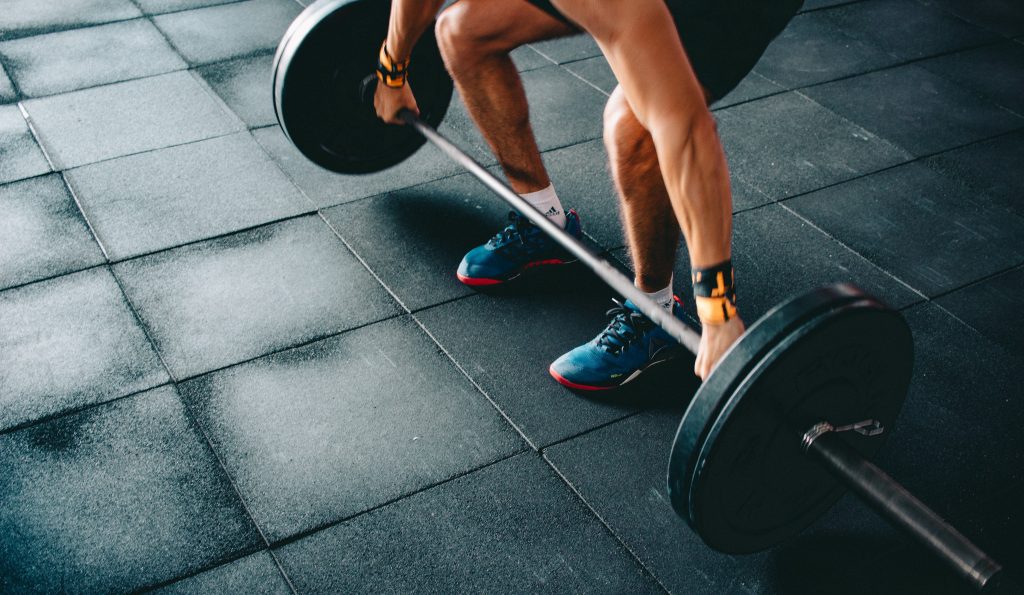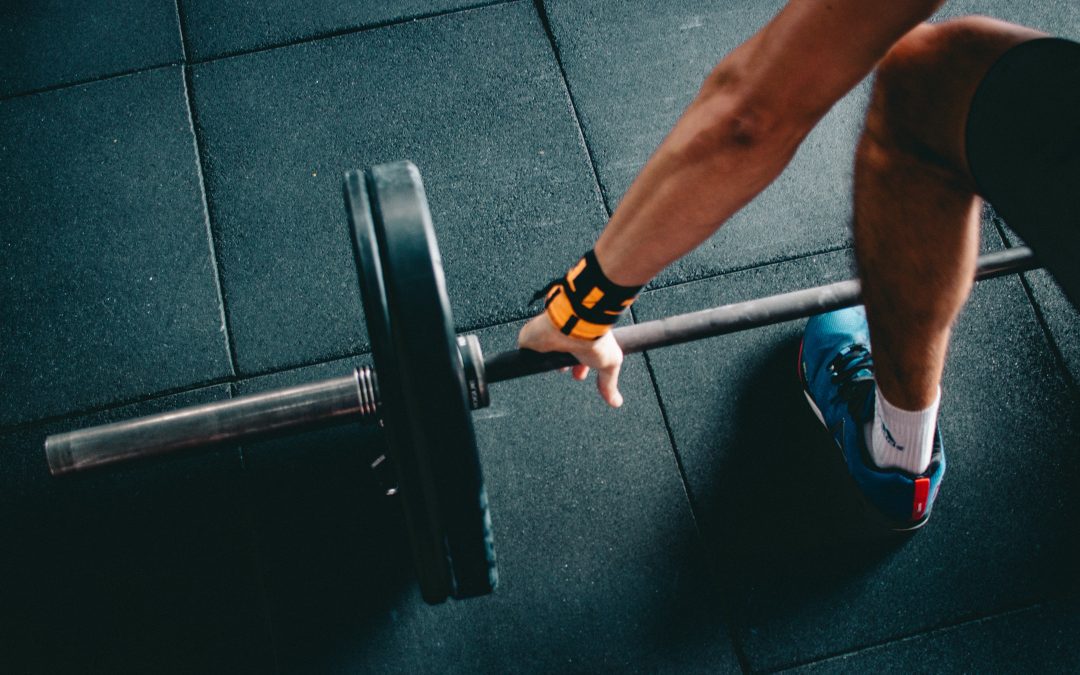Lifting heavy things is part of a janitor’s job. Help your team protect themselves through learning and practicing safe lifting techniques.
No one wants injured employees. That’s why you take care in maintaining your equipment, properly training your team, and doing what you can to ensure your they have a safe workplace. Since janitorial work requires moving among locations, some things are out of your control, and unfortunately, injuries happen. While many injuries are minor, injuries that keep people from working occur more frequently than you might think.
The National Bureau of Labor Statistics found that 104 out of every 10,000 employees sustained a nonfatal illness or injury that kept them from performing their jobs. There’s an easy fix, though. Using safe lifting techniques could cut approximately one-third of those work absences. The National Safety Council estimates that over 30% of workers missed some portion of work due to injuries related purely to overexertion of the body, which includes a lot of lifting injuries.
How do you and your employees avoid such injuries? If you don’t already know them, learning safe lifting techniques can help to prevent on-the-job (and even off-the-job!) injuries. And the good news is that they’re easy to learn, just as easy to remember, and most of all—easy to put into action.
Hopefully, most of your employees already know how to lift heavy objects safely. Still, it doesn’t hurt to have refreshers since we too often become comfortable with routine things and then pay less attention to how we do them. Further, it becomes more difficult to lift objects as we get older, or if we stop exercising, or if we sustain an injury that changes the ways our bodies move. For these reasons, it’s a good idea to train all new employees on your business’s criteria for safe lifting techniques. (Doing so can help with insurance costs, too!)
Looking for a way to invest the money you saved on training? Do yourself another favor and get Janitorial Manager, custodial management software that keeps your business in order. Not convinced? Ask for a free demo and see all the great features for yourself!

5 Easy steps to safe lifting techniques
Some of the best news? You can train workers on safe lifting techniques yourself at virtually no cost! There’s no real instruction manual for how to do it, but there are some steps to keep in mind:
1. Decide if you can lift the object yourself.
Don’t try to be tough. You’ll look a lot worse in a back brace than you will asking for help. If you’re not sure, try to gently push the object across the surface it’s on. If it feels rooted to the ground, you should probably find someone else to assist.
2. Make sure that your route is clear.
You don’t want to get three-quarters of the way across the room only to find out you have to put the object down and then pick it up again. Frequently, that second strain—even with safe lifting techniques—can cause problems not induced by the first.
3. Position yourself properly.
Once you’ve decided you can lift the object yourself, stand next to it with your feet shoulder-width apart. This is important because it squares your body, which any engineer will tell you is paramount to avoiding a collapse (and in this case, a collapse that will cause damage to your body).
4. Lift properly.
When you reach down to lift, don’t bend over at the waist. Instead, squat down with your knees. (If you have bad knees, consider that when lifting heavy objects.) This keeps your body squared to itself and takes the strain of the lift off the back muscles, which are designed more for carrying and supporting, not lifting.
5. Hold the object securely.
Grasp the object firmly on both sides in a squatting position. Once you have a good hold, pull it tightly to your chest and stand straight up by straightening your knees. If you start to tumble forward, put the object back down, dropping it if you need to avoid injury. It’s essential that you go entirely vertical without bending forward at the waist. Pro tip: It also helps to look forward instead of down, as this helps maintain balance and relieves more stress from the back muscles.
Bonus tips!
Remember to tighten your stomach muscles when you start to lift as they will support your back so your legs can do the work. Never lock your knees until you’re standing in a vertical position with the object comfortably secure in your hands or arms. Avoid carrying objects on your shoulders or the top of your head as that will put an extra or awkward strain on your back.
Following these simple, safe lifting techniques can make a huge difference in both your life and the lives of your employees. You’ll save on lost labor hours, increased costs, and potential legal action, and your employees will be able to go to their jobs with confidence that they have all the tools necessary to stay safe and healthy so they can focus on what matters—their work.
Have confidence that your jobs are being done properly and on-time with Janitorial Manager’s janitorial management software. Track how long jobs take, communicate with employees and clients, collect data to see where you need to improve, and more! See all Janitorial Manager can do for you with a free demo.

